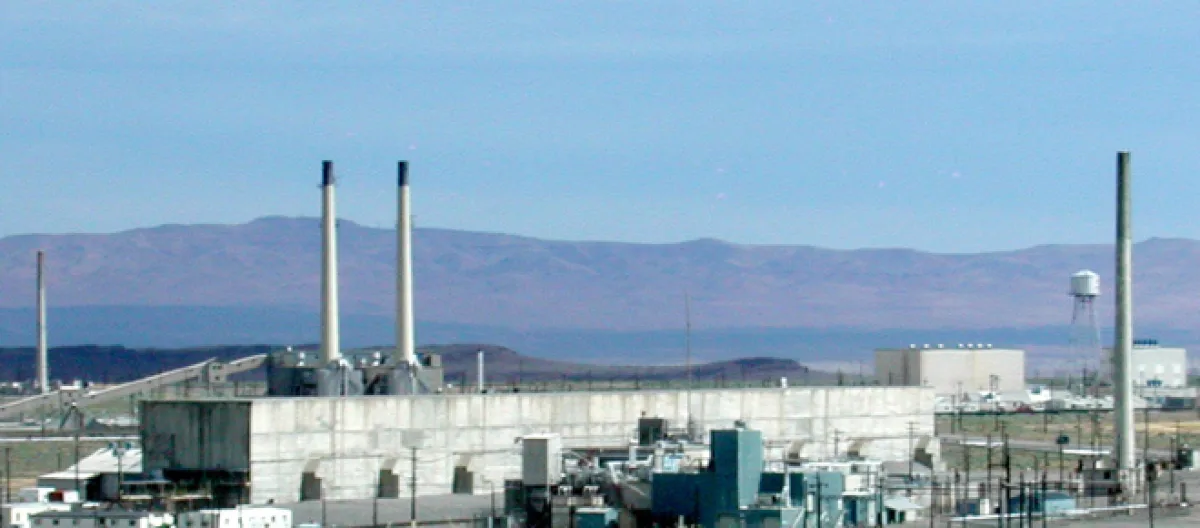The ongoing demolition at Hanford Nuclear Reservation located near Richland, Washington was halted indefinitely by the federal government in conjunction with other stakeholders, after workers carrying out the work were found to have been exposed to radiation, ABC News reported.
According to the US Department of Energy, dozens of workers were found to have ingested or inhaled radioactive particles while tearing down the walls of the facility.
Some of the workers' cars were also found to be radioactive.
This prompted the demolition of the plant to be halted until a safer method of bringing down the facility, which built parts of the infamous Nagasaki bomb, was found. Hanford is America's most polluted nuclear site, and a massive clean-up costing billions of dollars has been underway for the past several years now.
Energy Department investigation launched
Following the positive radiation exposure test results on 42 workers who were part of the demolition crew, the US Department of Energy launched an independent investigation to establish how the contamination took place.
The agency office was contracted by the Energy Department to carry out the probe, and had no previous links to any work at Hanford.
According to the head of a Seattle-based watchdog group (Hanford Challenge), Tom Carpenter, the recent events were very disturbing since only negligible levels of contamination had occurred at Hanford since Plutonium production stopped in the 80's. In 1989, a massive nuclear waste clean-up was launched.
Plutonium is a radioactive chemical element used as fuel in nuclear power plants, and an important component in the making of atomic bombs.
Contamination report
A report released last month by the Hanford Nuclear Plant revealed that the contamination found on the 42 site workers most probably occurred between June and December last year.
The contamination was also discovered outside the plant offices and inside two dozen cars in the parking lot. The report also found that seven site workers tested negative for radioactive contamination.
In conclusion, the report revealed that the radiation leakage emanated from the over-reliance by Hanford officials on air-monitoring systems that failed to detect the spread of radioactive particles. In addition, the managers of the privately contracted demolition firm were torn between the workers' safety and meeting tight project deadlines. The highest risk of contamination, according to the report, occurred when the rubble from the demolished plant walls was stored in piles, and the fixative spray applied to prevent radioactive particles from being blown away proved ineffective.
